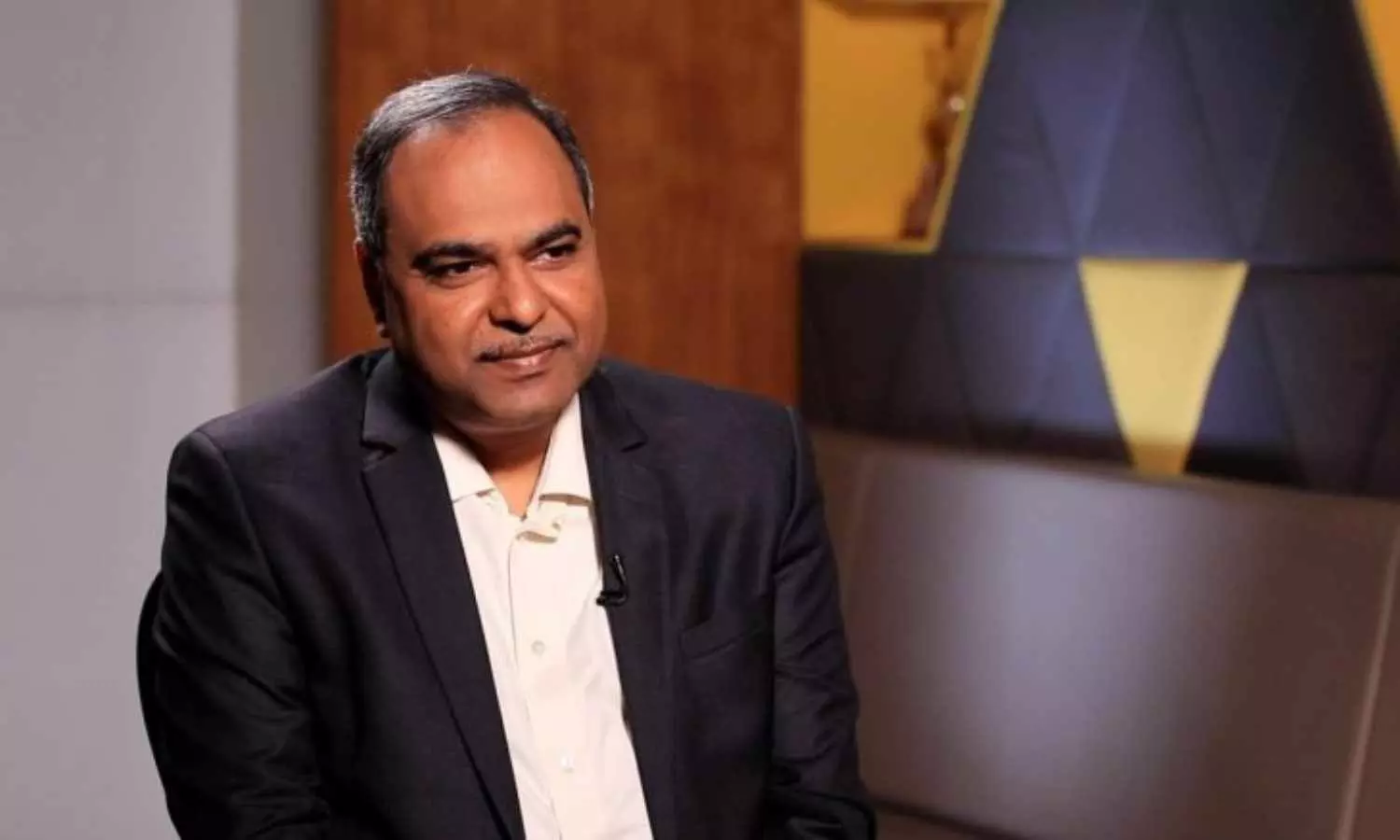Tata Motors Aims for 50% EV Market Share Despite Expected Dip: MD Shailesh Chandra
Tata Motors MD Shailesh Chandra acknowledges an expected market share decline but reaffirms the company's goal of maintaining a strong 50% hold in India's electric vehicle segment.
Tata Motors Aims for 50% EV Market Share Despite Expected Dip: MD Shailesh Chandra

As India’s electric vehicle (EV) market evolves from early adoption to a more mature and competitive stage, Tata Motors Managing Director Shailesh Chandra has outlined the company’s revised long-term strategy targeting a steady 50% market share, down from its previous peak of 85%.
Speaking to CNBC-TV18 after the launch of the Harrier.ev, Chandra acknowledged the recent drop in market share but emphasized that it’s a natural part of market maturation. “Globally, a healthy leader in a mature market holds around 25%. We’re aiming for 50% in the medium to long term that’s our steady state,” he said.
Tata Motors currently leads the personal EV segment with popular models like the Nexon.ev, Tiago.ev, and Punch.ev. Moving forward, the company plans to sharpen its EV portfolio by offering two choices per price bracket to meet varied customer demands. “In every sub-segment, we want to provide compelling options,” Chandra noted. The entry-level segment features Tiago and Punch, the mid-size segment includes Nexon and Curvv, and the premium ₹20 lakh-plus category now begins with the Harrier.ev, with the Sierra set to follow soon.
The Harrier.ev marks Tata’s first large SUV built on a dedicated EV platform. While retaining the silhouette of the ICE Harrier, almost everything else is redesigned from the chassis to the software system. Highlights include 500 Nm torque (up from 350 Nm in the ICE model), a Samsung QLED display, Dolby Atmos audio, Ultra Glide suspension, 540-degree surround view, and advanced auto-parking with summon mode.
Chandra also dismissed battery-as-a-service (BaaS) models, such as those being explored by JSW, citing financial complexities. “We evaluated BaaS three years ago. The GST mismatch 5% for integrated EVs vs. 18% for separate batteries and splitting financing makes it complicated. When customers do the math, there’s little benefit, so we’re not pursuing it now.”
Breaking down Tata’s EV approach:
- Entry-level segment (<₹12 lakh): Primarily city-focused, Tata aims to improve real-world range without raising prices.
- Mid-level segment (₹12–20 lakh): With rising competition, the focus is on extending range to 400–500 km to reduce charging concerns.
- Premium segment (₹20 lakh+): Led by the Harrier.ev, this segment aims to rival ICE vehicles by offering longer range, premium in-car experiences, and unlimited warranties.
Chandra described the Harrier.ev as India’s first Software Defined Vehicle (SDV), confirming it passed rigorous third-party cybersecurity testing before launch. “We’ll keep updating security as threats evolve,” he added.
Reaffirming Tata’s commitment to battery electric vehicles (BEVs), Chandra said, “While we’re open to all technologies, our priority is zero-emission BEVs, which represent the future. We already offer petrol, diesel, CNG, and EV options, but our focus and investment are on BEVs.” He also urged government support for destination technologies.
Addressing concerns about rare earth magnet supplies amid tensions with China, Chandra said Tata Motors hasn’t faced any immediate impact. Industry bodies SIAM and ACMA are working with authorities to resolve issues.
With fresh launches like the Harrier.ev and continued investment in volume segments, Tata Motors is navigating India’s EV market transition from a first-mover dominance phase to one marked by increased competition and segmentation. Chandra remains clear on the goal: maintaining a robust 50% market share as a steady-state leader, rather than relying on fleeting early advantages.

